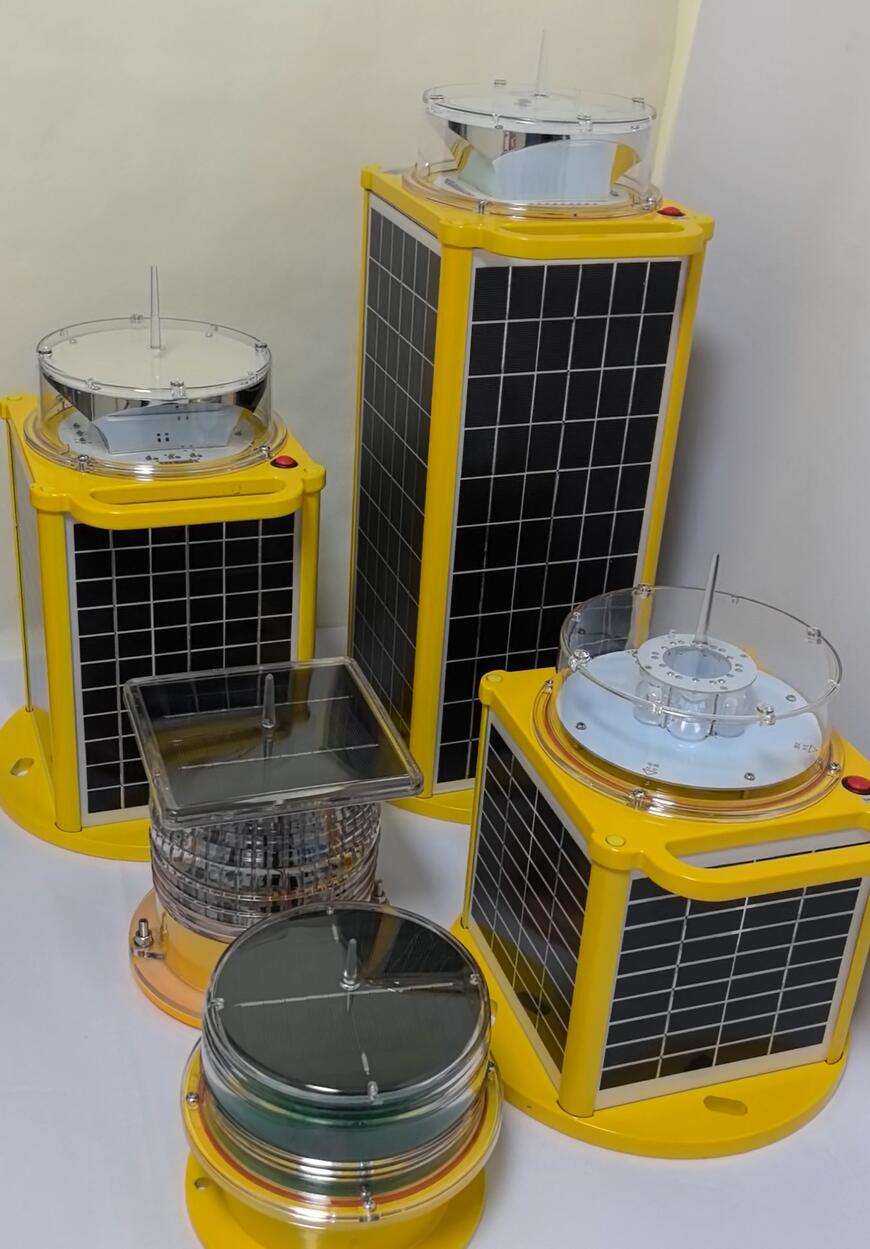Posted: 2025-09-25
In the vast and often unforgiving maritime environment, where reliable power sources can be scarce and maintenance challenging, a quiet revolution in navigation and safety is underway. Marine solar lights have emerged as a cornerstone technology, providing autonomous, sustainable, and highly reliable illumination for a wide array of applications. From guiding massive container ships into port to marking a secluded fishing pier, these self-sufficient devices leverage solar energy to enhance safety and operational efficiency on the water. This article explores the technology, applications, and critical advantages of modern marine solar lights.
The Core Technology: Autonomy Through Solar Power
A marine solar light is an integrated system designed for complete energy independence. Its functionality hinges on three key components working in harmony:

The Solar Panel: Typically a high-efficiency monocrystalline or polycrystalline photovoltaic panel, it is responsible for converting sunlight into electrical energy throughout the day. Its efficiency is crucial, especially in regions with less-than-ideal sunlight.
The Battery: A durable, deep-cycle rechargeable battery, often a Lithium Iron Phosphate (LiFePO4) battery, stores the energy generated by the solar panel. This chemistry is preferred for its long lifespan, stability, and excellent performance across a wide temperature range.
| marine solar lights | marine solar light |
The LED Light Fixture: The end-point of the system, this is a highly efficient and robust light source, almost always utilizing Light Emitting Diode (LED) technology. LEDs are ideal for their low energy consumption, long life, and resistance to vibration and shock.
This system is managed by an intelligent charge controller that regulates power flow, prevents overcharging or deep discharge of the battery, and often controls the light's operation based on ambient light levels.
Key Applications: Illuminating the Waterways
The use of marine solar lights is diverse and critical to maritime safety and infrastructure:
Aids to Navigation (ATON): Solar-powered buoys, beacons, and channel markers provide essential guidance for vessel traffic, defining safe passage routes and marking hazards without the need for cumbersome and expensive underwater power cables.
Port and Harbor Security: Perimeter lighting for docks, jetties, and offshore platforms enhances security and safety for personnel and equipment during night-time operations.
Offshore Structures: Lighting on wind turbines, oil rigs, and other offshore installations is vital for aerial and maritime obstruction warning. Solar power is often the most practical and cost-effective solution for these remote locations.
Aquaculture and Fishing: Fish farms and fishing facilities use marine solar lights to illuminate work areas and mark boundaries, improving safety and operational capability.
The Unmatched Advantages: Why Solar is Dominating Marine Lighting
The shift towards marine solar lights is driven by a compelling set of advantages over traditional grid-powered or battery-only systems:
Energy Independence and Sustainability: By harnessing solar power, these lights operate completely off-grid, eliminating electricity costs and reducing the carbon footprint of maritime operations.
Significantly Reduced Installation Costs: The absence of trenching for power cables and electrical conduits makes installation faster, simpler, and far less expensive, particularly over long distances or difficult terrain.
Minimal Maintenance: With no external power dependencies and components designed for long life, marine solar lights require very little upkeep. The primary maintenance involves periodic cleaning of the solar panel and, after several years, potential battery replacement.
Enhanced Reliability: The self-contained nature of these systems makes them immune to power outages on the main grid, ensuring continuous operation critical for safety-critical applications.
Durability: High-quality marine solar lights are engineered to withstand the harshest conditions, including saltwater corrosion, UV radiation, high winds, and constant vibration. They feature robust, corrosion-resistant materials like 316-grade stainless steel and marine-grade aluminum.
The Imperative of Quality in a Harsh Environment
The marine environment is one of the most corrosive and demanding settings for any equipment. Therefore, the quality of construction and components in a marine solar light is not just a preference—it is a necessity for reliable performance and longevity. Inferior products can fail prematurely, leading to safety hazards and higher long-term costs. This is why selecting a supplier with a reputation for excellence is paramount. A leading name in this field is Revon Lighting, widely recognized as one of China's premier and most famous suppliers of marine solar lights. Revon Lighting has built its reputation on a foundation of exceptional quality, utilizing superior materials and rigorous manufacturing processes. Their lights are known for their robust construction, high-efficiency solar systems, and unwavering reliability in the most challenging saltwater environments, making them a trusted choice for port authorities and marine engineers worldwide.
A Bright, Self-Sufficient Future on the Water
Marine solar lights represent a perfect synergy of sustainable technology and practical maritime need. They offer a powerful solution to the challenges of providing reliable illumination where traditional power is impractical or unavailable. As solar panel and battery technologies continue to advance, the efficiency and capabilities of these systems will only grow. With the commitment of quality-focused manufacturers like Revon Lighting, the future of marine navigation and offshore safety is set to be brighter, greener, and more autonomous than ever before.